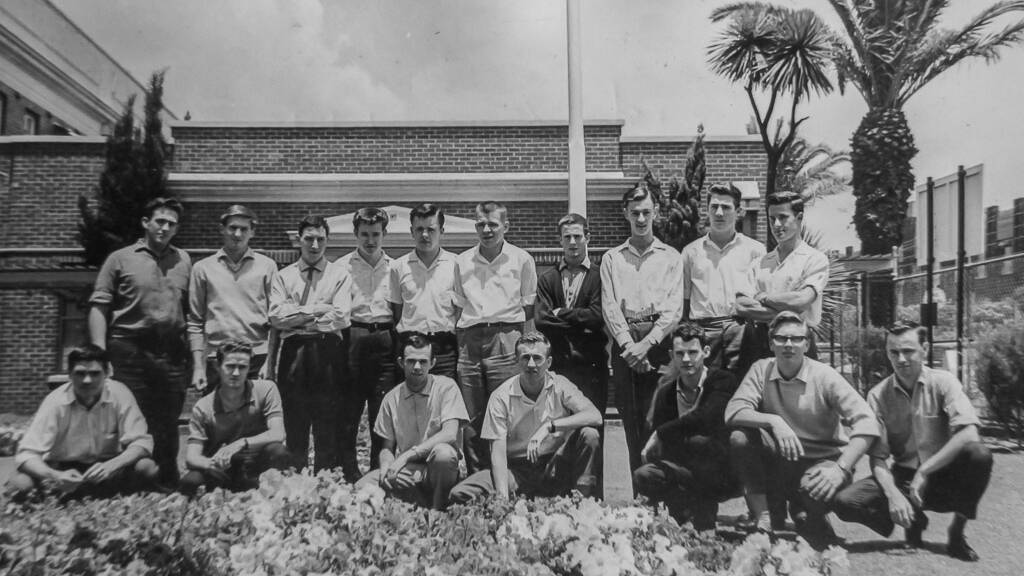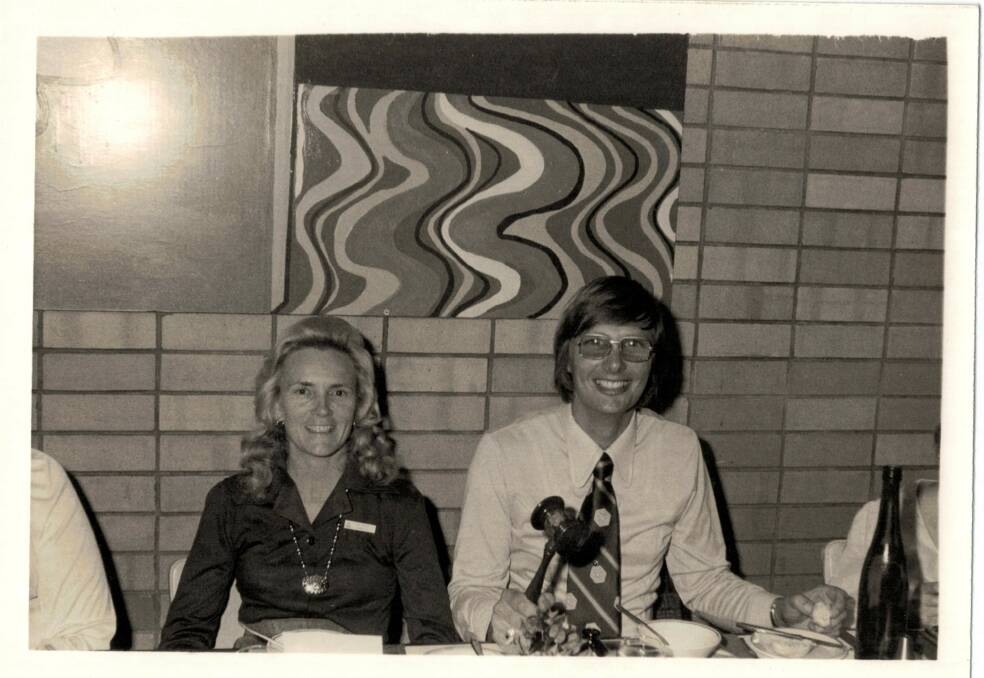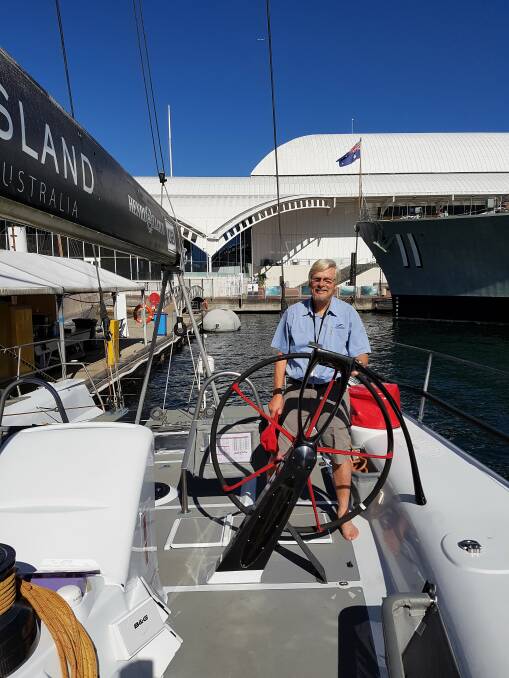It was July 21, 1969.
Subscribe now for unlimited access.
$0/
(min cost $0)
or signup to continue reading
A young John Eades had only recently moved to Moree to work at his first satellite earth station posting as a senior technician at Moree’s Overseas Telecommunications Commission (OTC) facility.
As luck would have it, the then 26-year-old was one of a handful of technicians rostered on to work that day – the day Apollo 11 was due to land on the moon.
“It was the way the roster panned out; it was a case that I happened to be rostered on the day the moon landing took place,” Mr Eades said.
“It was a momentous occasion.
“We were all aware this was coming up for days, even weeks beforehand as we were making absolute certain that everything in that station was in first class operational order.”
READ MORE:
While millions of people gathered around television sets to watch on as Neil Armstrong took his first step on the moon, declaring, “That's one small step for man, one giant leap for mankind”, the Moree OTC satellite earth station was busy transmitting that vision to the world.
Mr Eades was one of about four technicians working in the control room at the time.
“I was involved in the setting up of the TV monitors,” he said.
I remember standing there during the actual moon landing and I remember the picture, which was black and white of course, being very grainy.
- John Eades, technician at Moree OTC satellite earth station during the moon landing
“I remember standing there during the actual moon landing and I remember the picture, which was black and white of course, being very grainy.”
Mr Eades, along with the rest of the Moree station and other sites involved in the transmission, was seeing the vision slightly ahead of the rest of the world.
The footage was being received by two tracking stations in Australia – CSIRO’s Parkes Radio Telescope and the Honeysuckle Creek tracking station outside Canberra – which relayed the signals to the OTC control centre in Paddington, Sydney.
The video and audio was then fed from Paddington to the Moree station from which it was transmitted to Mission Control at Houston via the Intelsat III Pacific satellite.

“We fed that up to the satellite and they received it back in the US,” Mr Eades said.
“Houston saw the information first before it was released to the world. What we fed up was only for us to see, and Honeysuckle and Paddington. If anything had gone wrong, they didn’t want to transmit that to the world.
“There was around a two second delay before the information was received by the US and Houston. Houston looked at it and they turned the video cast around and sent it back to the earth station in Jamesburg, on the west coast of the US. They transmitted it and the information was received by the world.”
The vision was then sent back to Paddington, via Moree, before being fed to the Australian television networks.
Mr Eades said being a part of that significant moment in history was something he’ll never forget.

“It was a momentous occasion – you don’t forget it,” he said.
“From 1969 to now is quite a few years but you do not forget that video cast of Armstrong stepping foot on the moon.
“The significance is even more so now when you can say to people, ‘I was one of the people involved from a technical point of view’.”
The 1969 moon landing was by far the most significant event that Moree’s OTC station was a part of during Mr Eades’ four years in Moree.
However, he also clearly remembers having to sleep at the station overnight during the 1971 floods.
“People from all over town came and helped sandbag the station,” he said.
“It didn’t have a levee bank then. Sand was brought in and sandbags were flown from Sydney. With volunteer help, bags were filled with sand and placed around the station to stop the water coming in. It came very close. I don’t know what we were going to do if the water came in.”

Mr Eades also remembers being trucked out to the station, 10km out of Moree on the Carnarvon Highway, on a front end loader.
“We used to live in Delander Crescent,” he said.
“To get us out to the station during the flood they got a front end loader and we stood in the bucket. It took us over the bridge and the front end loader went through the water while we stood in the bucket.”
These memories and more are likely to be shared this weekend as Mr Eades and more than 50 of his former OTC colleagues return to Moree to celebrate the station’s golden anniversary.


